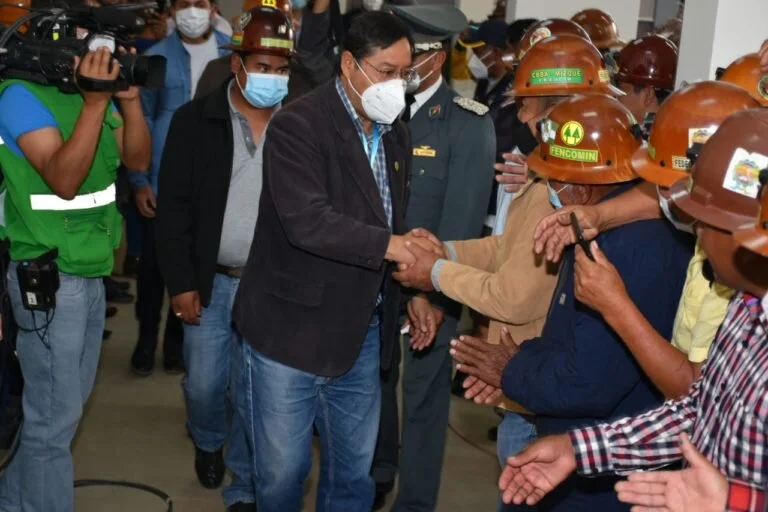According to Pablo Villegas, head of research at the Bolivian Documentation and Information Center (CEDIB), “I believe that this year there will be new attacks against protected natural areas and indigenous territories.”
“Villegas points out that, in addition, in the protected areas the management plans have been changed to reduce their protection. Two supreme decrees of 2015 reduced the prior consultation process to an administrative procedure, facilitating the exploitation of mining, hydrocarbons and other natural resources in protected areas.”
‘According to the Environmental Agenda for Bolivia 2020-2030 , prepared by League for the Defense of the Environment (Lidema)— a national network of 19 institutions—most of the national protected areas suffer impacts, caused by various types of activities, and departmental or municipal, have an incipient management or lack it. "This is mainly due to the fact that national regulations have been permissive and have clearly reduced the protection status of these areas," the document says. Jenny Gruenberger from Lidema is primarily concerned with the dams that have been designed within these conservation areas. Some of the most intense social conflicts in the country are related to this pressure on protected areas.”
“"Bolivia currently has the second highest proportion of protected areas under intense human pressure in all of South America," says Lidema's document.”
Although “Bolivia has laws that favor forest conservation…it is the country with the highest rate of greenhouse gas emissions per capita, due to what is happening in the forests. "The burning of forests is affecting the water sources and we are also experiencing a very strong drought that causes local climatic phenomena."
“Rubén Darío Arias Ortiz, member of the National Coordinator for the Defense of Indigenous Peasant Territories and Protected Areas (Contiocap) is concerned about how alluvial mining is growing in protected areas such as Madidi National Park and the Beni River. "They are suffering a lot from extractivism." A report by Mongabay Latam , published in May 2020, exposed how large vessels known as 'dragons' - dedicated to the extraction of alluvial gold - are present in the Kaka River, one of the tributaries of the Beni River, 15 kilometers from the Madidi National Park.”
“The gold mining megaproject of the Bolivian Mining Corporation (Comibol) is the one that worries Gruenberger the most. This project would be carried out in the Madre de Dios river basin, and would severely affect the Manuripi Reserve .
At the beginning of December, President Luis Arce met with the representatives of the 14 Federations of Mining Cooperatives of Bolivia (Fencomin) to work on the plan to reactivate this sector. The president pointed out, through his Twitter account, that the mining sector is "important for the Bolivian economy."
"We are aware that the economy must be reactivated, but extractivism is not the only way to reactivate it," says indigenous leader Ruth Alipaz . “Instead of investing in destroying, we must invest in educating. The economic reactivation must be related to the environmental issue ”, he adds.”
To learn more, see the original Spanish-language Mongabay article.

